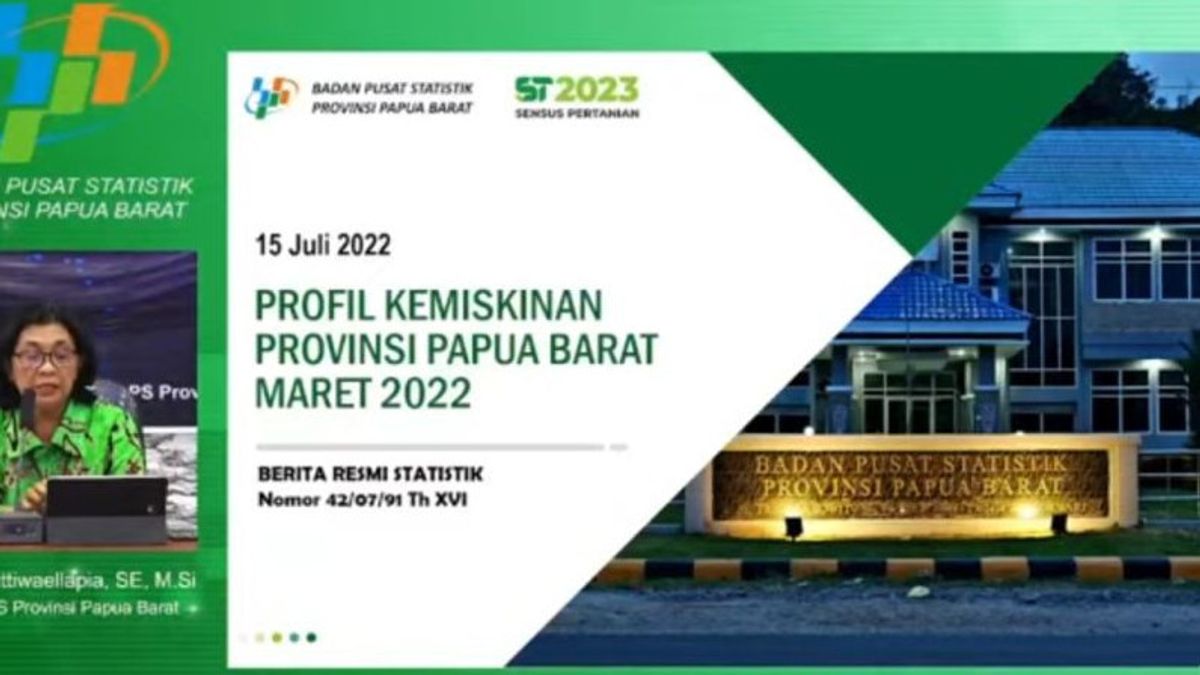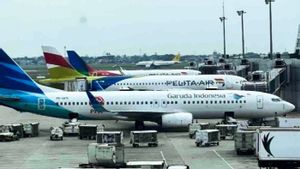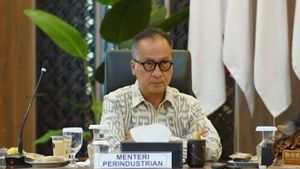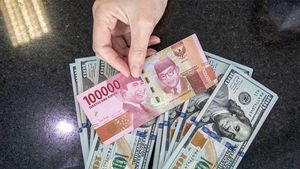JAKARTA - The Central Statistics Agency (BPS) of West Papua Province explained that there is a close relationship between the delay in the absorption of the APBD in the first semester of 2022 and efforts to reduce the poverty rate of the people in the region.
West Papua BPS Head Maritje Pattiwaellapia in Manokwari, said BPS data noted that the delay in the absorption of the APBD is one of nine factors that affect the poverty rate for the period September 2021 to March 2022 in West Papua.
"The absorption of the APBD is very influential, because entering the second semester of 2022, the absorption of the APBD for West Papua has only reached 13.9 percent," said Maritje, quoted from Antara, Saturday, July 16.
In addition to the low absorption of the APBD, the poverty rate in West Papua is also influenced by the increased mobility and economic activity of the population when the COVID-19 pandemic situation begins to slow down.
To measure the level of poverty, BPS generally uses the concept of ability to meet basic needs.
"With this approach, poverty is seen as an economic inability to meet basic food and non-food needs as measured by the Poverty Line (GK)," he said.
Separately, Enos Aronggear, Head of the Regional Financial and Asset Management Agency (BPKAD) of West Papua Province stated that entering the second week of July 2022 the absorption of the APBD has crawled up to 27.19 percent or Rp. West Papua.
The English, Chinese, Japanese, Arabic, and French versions are automatically generated by the AI. So there may still be inaccuracies in translating, please always see Indonesian as our main language. (system supported by DigitalSiber.id)












